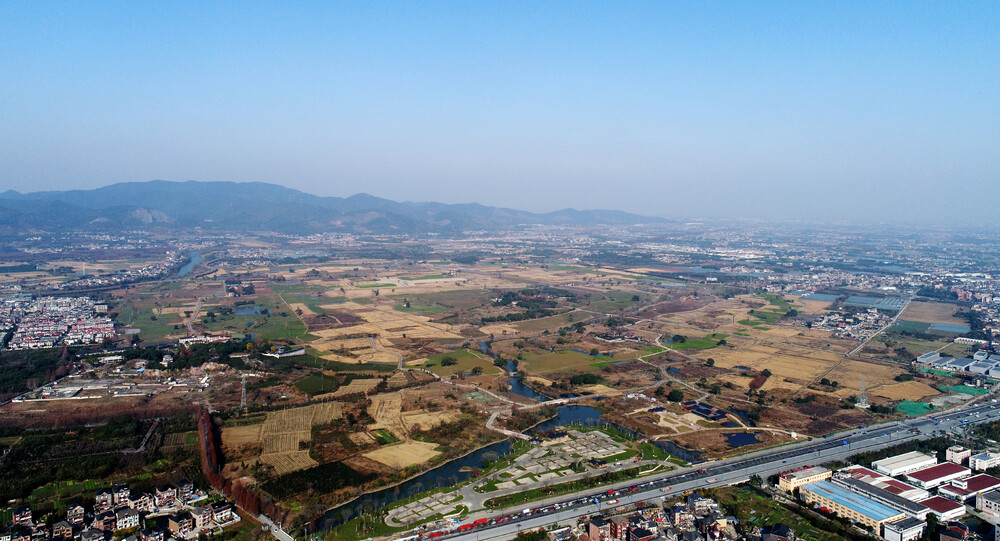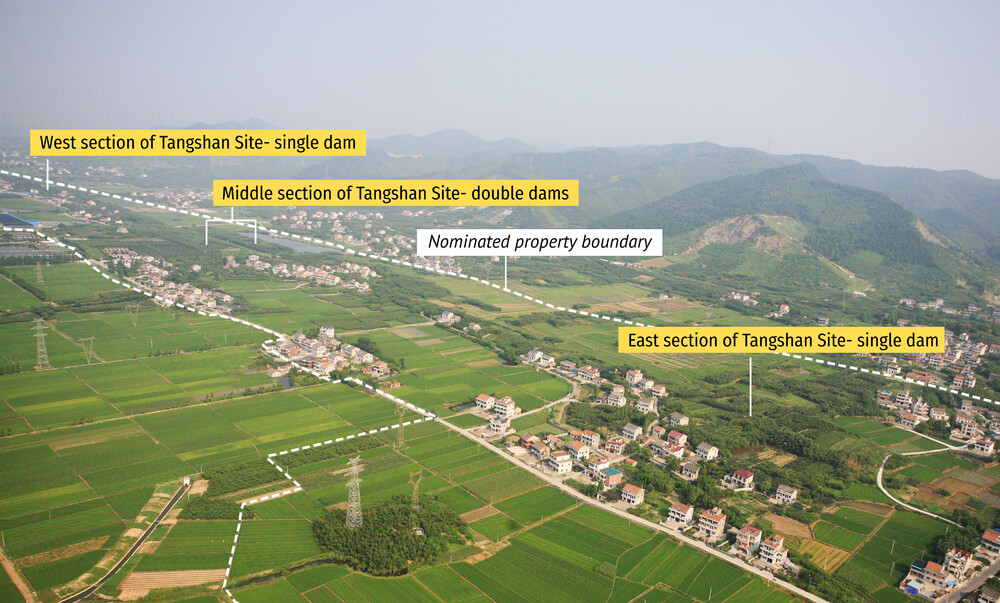Archaeological Ruins of Liangzhu City

Located in the Yangtze River Basin on the south-eastern coast of the country, the archaeological ruins of Liangzhu (about 3,300-2,300 BCE) reveal an early regional state with a unified belief system based on rice cultivation in Late Neolithic China. The property is composed of four areas – the Area of Yaoshan Site, the Area of High-dam at the Mouth of the Valley, the Area of Low-dam on the Plain and the Area of City Site. These ruins are an outstanding example of early urban civilization expressed in earthen monuments, urban planning, a water conservation system and a social hierarchy expressed in differentiated burials in cemeteries within the property.
The Archaeological Ruins of Liangzhu City was the centre of power and belief of an early regional state in the Circum-Taihu Lake Area. It is located on a plain criss-crossed by river networks in the eastern foothills of the Tianmu Mountains in the Yangtze River Basin on the southeast coast of China.

The property is composed of four areas: Area of Yaoshan Site; Area of High-dam at the Mouth of the Valley; Area of Low-dam on the Plain – Causeway in Front of the Mountains; and Area of City Site.
The Archaeological Ruins of Liangzhu City reveals an early regional state with rice-cultivating agriculture as its economic base, and social differentiation and a unified belief system, which existed in the Late Neolithic period in China. With a series of sites, including the City Site built during ca. 3300-2300 BCE, the Peripheral Water Conservancy System with complex functions and socially-graded cemeteries (including an altar), and the excavated objects represented by series of jade artefacts symbolizing the belief system, as well as its early age, the property represents the remarkable contributions made by the Yangtze River Basin to the origins of Chinese civilization. In addition, the pattern and functional zoning of the capital, together with the characteristics of the settlements of the Liangzhu culture and of the Outer City with the terraces, support strongly the value of the property.